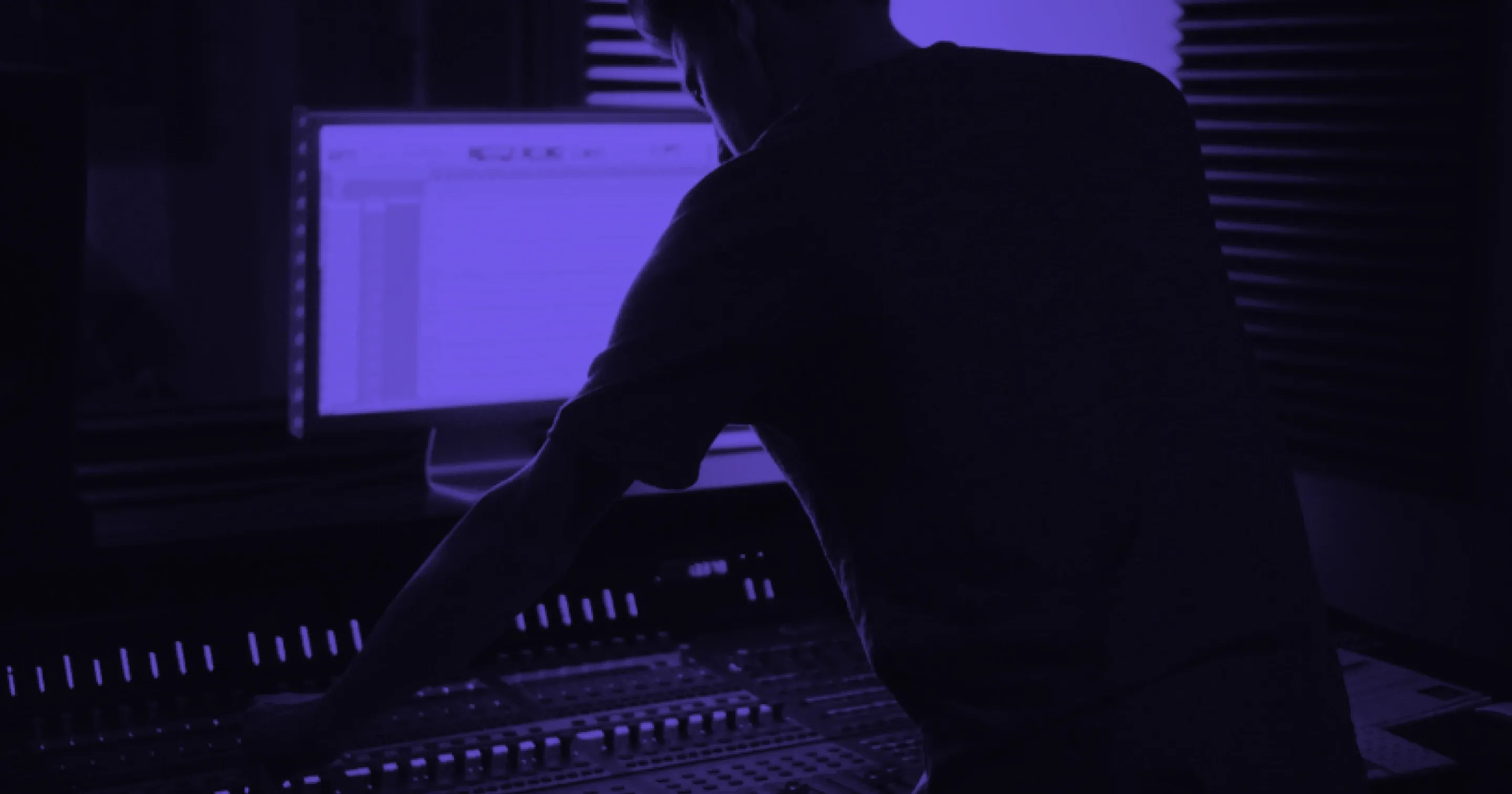
How to Use Reference Tracks For Mixing
Learn how to choose the best reference track for mixing music. Here’s a step-by-step guide to picking the right track and instantly improve your mix's overall sound.
Introduction
All of us music producers are constantly trying to achieve that perfect mix. It’s a constant pursuit. While experience, technical skills, and good gear are essential components, one often overlooked aspect of mixing is a good reference track.
Choosing the right reference track is essential. It provides a sonic guide, allowing you to make focused mixing decisions that ensure the most appropriate mix for the project.
When it comes to the overall sound of a mix, there isn’t one size fits all. Different genres and styles of music may require different approaches. Pop music might aim to be more compressed, tight, and polished, whereas rock music aims to capture the raw energy of the performance.
Reference tracks aren't about copying another artist's work or exact mixing style. Instead, they provide a framework for understanding industry standards and making informed mixing choices.
This article is a step-by-step guide on selecting the right reference track for your song and how to use it effectively to improve your mixes.
Keep in mind that to achieve a balanced and clear mix, you need to start thinking about it during the writing stage. Careful instrument selection, thoughtful layering, and strategic chord voicings are paramount. Explore our in-depth music theory articles for a better understanding of tension, release, and harmonic balance in your music.
Why Use Reference Tracks?
There are several crucial benefits of choosing the right reference tracks.
How to Choose the Best Reference Track For Mixing
It’s important to choose an appropriate track as a reference for your mixing. Here are a few guidelines to consider when selecting your mixing reference.
Use High-Quality Reference Tracks
It’s important to use the highest possible quality in your mixing reference. Ideally, use WAV, FLAC, or AIFF files. You want your reference to be as clear as possible. Avoid using MP3 files that are compressed as they can introduce artifacts and distort the sound.
Keep in mind that music on YouTube and Spotify is already compressed and treated, meaning it’s not the highest quality. Below is a list of a few websites where you can find reference tracks for mixing:
5 Tips On How to Use Reference Tracks Effectively
Once you've selected your reference tracks, here's how to use them effectively.
1. Level Matching
Before comparing your mix to a reference track, make sure the perceived loudness is similar. Use a loudness meter (LUFS) to match the levels. This will prevent you from being misled by volume differences.
For detailed information on loudness meters and their purpose, check out the iZotope website.
While you can buy loudness meter plugins, DAWs such as Logic Pro and Cubase come with excellent stock plugin options.
2. A/B Comparison
Regularly switch between your mix and the reference track, paying close attention to the differences in sound. Use your DAW's A/B functionality or simply mute and unmute tracks.
3. Focus on Specific Aspects
Don't try to compare everything at once. Focus on specific aspects of the mix, such as the tonal balance, dynamics, or stereo imaging. It’s easy to lose track of what you’re trying to achieve if you’re thinking about too many things at once.
Mixing requires constant revision. Be prepared to adjust previously worked-on elements as the mix evolves.
4. Frequency Analysis
Use a spectrum analyzer to compare the frequency response of your mix to the reference track. This will help you identify imbalances in the frequency spectrum.
Most DAWs come with a stock spectrum analyzer you can use for your mixing.
5. Listen at Different Volumes
Listen to both your mix and the reference track at different volumes. This will reveal how the mixes translate at various listening levels.
Achieving a truly polished mix involves more than just technical skill; it's about building a sustainable and insightful workflow.
Often Overlooked Practices for Effective Mixing
Beyond choosing the right reference track and having the technical skills to use the tools and plugins, there are a few things you can implement to achieve a good mix.
Specific Areas to Focus On When You’re Mixing
Getting vocals to'sit right' within a mix is crucial for any producer. Take a look at our guide on “Essential Vocal Effects” for ways to enhance the vocals in your mixes. Discover proven vocal effects and enhancement strategies in our detailed guide, 'Essential Vocal Effects You Need To Know.
Schedule Mix Advice Sessions With Award Winning Engineers
If you're experiencing mixing issues, book a mixing advice session with a Musiversal expert audio engineer. They'll answer your questions and provide industry tips and tricks for a balanced mix.
Or book a quick-mix session to get the essential groundwork done, leaving you to make the finer adjustments.
Conclusion
Using reference tracks is an invaluable technique for improving your mixes and achieving a professional sound. By carefully selecting appropriate tracks and using them effectively, you can develop a more discerning ear, make informed mixing decisions, and ultimately create mixes that stand out.
Remember that reference tracks are tools, not templates. Use them as guides, but always trust your ears and creative vision. If you have any questions regarding mixing, mastering, reference tracks, or music production in general, consult the Musiversal audio engineer team.
Unlimited Recording Sessions With Musiversal
The Unlimited subscription gives you unlimited recording sessions with 80+ professional musicians. By joining each session live via link, you can collaborate with the artist in real-time and ensure your exact musical vision is met.
After finalizing your track, secure a marketing strategy session to ensure a successful music launch.
Become a Musiversal insider. Subscribe to our newsletter for exclusive discounts, inspiration from behind-the-scenes content from recording sessions, music marketing advice, industry insight, and much more.
Your Music, No Limits.
Join the Waitlist